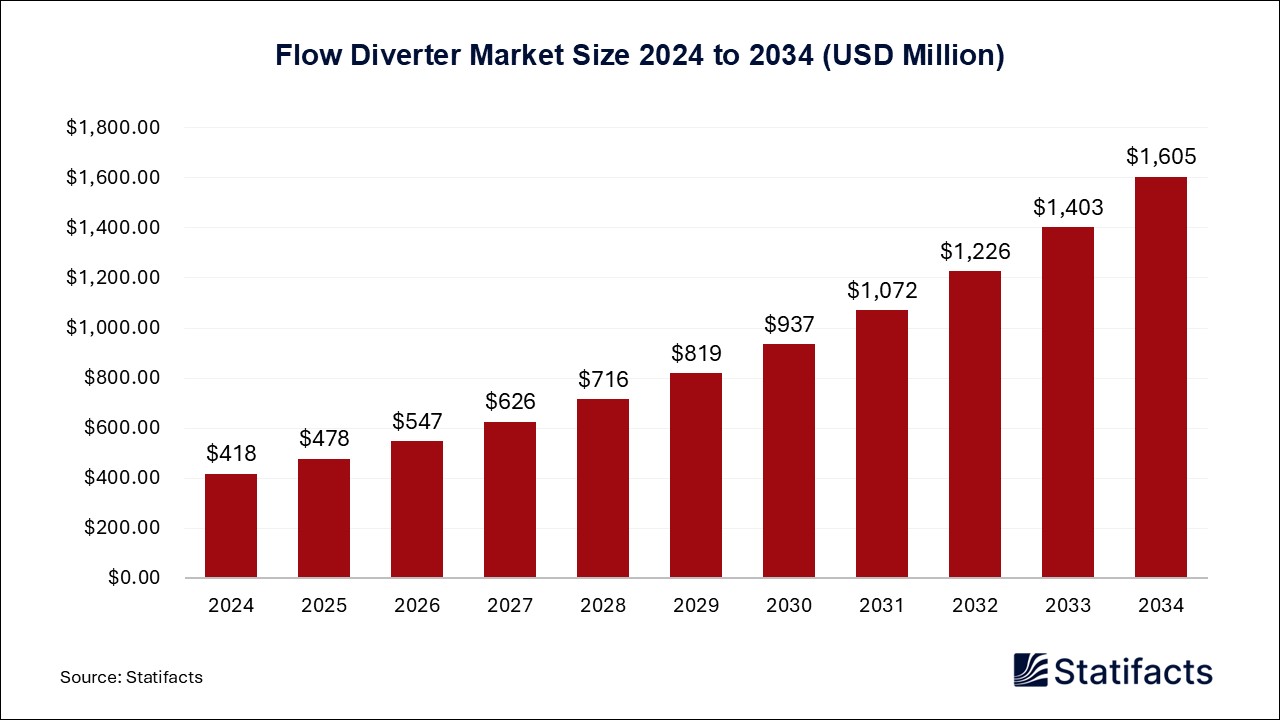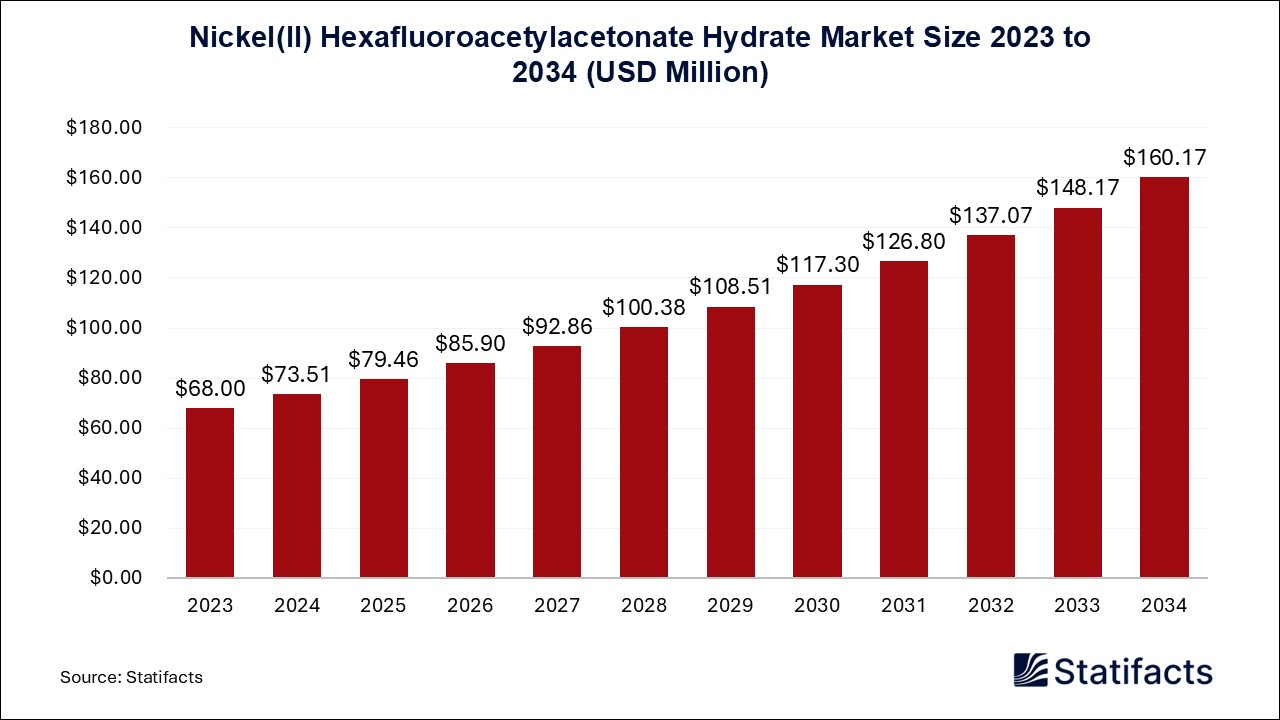Last Updated: 16 May 2025
Source: Statifacts
By clicking “Accept All Cookies” you agree to the storing of cookies on your device to enhance site navigation, analyze site usage, and assist in our marketing efforts.
Privacy PolicyThe U.S. canned tuna market size was calculated at USD 3,098 million in 2024 and is predicted to attain around USD 3,988 million by 2034, expanding at a CAGR of 2.55% from 2025 to 2034.
| Industry Worth | Details |
| Market Size in 2025 | USD 3,190 Million |
| Market Size by 2034 | USD 3,988 Million |
| Market Growth Rate from 2025 to 2034 | CAGR of 2.55% |
Canned tuna means the canned or tinned fish are food fish that have been processed, sealed in an airtight container, such as a sealed tin can, and subjected to heat. Canned tuna is an affordable and popular source of protein around the world. Canned tuna is a cheap source of Omega-3 fatty acids. These substances help to prevent cardiovascular disorders and to control blood pressure and triglycerides.
The U.S. canned tuna market includes a wide range of applications, it is a pantry powerhouse when it comes to weeknight dinners. It is budget-friendly, incredibly versatile, lending itself to everything from quesadillas to casseroles, pasta to pizza, and well beyond. It is safe to eat directly. Consuming enough omega-3 fatty acids is essential to moisturized, glowing, and thick skin.
Food culture globalization: Food culture globalization facilitated the movement of goods across borders, allowing a diverse array of foods to be accessible to consumers worldwide. Benefits include providing access to a diverse range of foods year-round and at lower prices. It allows individuals to learn about and appreciate the unique customs, languages, traditions, and beliefs of others.
Rising demand for protein-rich food: Protein-rich food provides many health benefits, including promoting weight loss, enhancing bone density, and increasing muscle mass. Canned tuna is a healthful food, protein-rich, and contains many vitamins and minerals like vitamin A, vitamin D, and B complex vitamins, and also phosphorus, selenium, and iron.
Supply chain disruptions: The COVID-19 pandemic has led to increased demand for non-perishable food products like canned tuna. The disruption in the global food supply chain may lead to a significant financial impact on the industry. The supply chain disruptions issues include infrastructure failure, fuel price volatility, transportation capacity constraints, and port congestion.
Innovation in plant-based tuna alternatives: Vegan seafood products can be a good source of omega-3 fatty acids and proteins. Many of these products contain ingredients like algae that give fish their omega-3 content. Plant-based tuna making is super easy and fast. It is much more similar to canned tuna. Prickly pear is most commonly used to refer exclusively to the fruit. It protects the body from oxidative damage and supports the immune system.
Published by Vidyesh Swar
Last Updated: 16 May 2025
Source: Statifacts
Last Updated: 16 May 2025
Source: Statifacts
| Subsegment | 2024 | 2025 | 2026 | 2027 | 2028 | 2029 | 2030 | 2031 | 2032 | 2033 | 2034 |
|---|---|---|---|---|---|---|---|---|---|---|---|
| Skipjack | 1,899.56 | 1,957.92 | 2,015.69 | 2,072.88 | 2,129.48 | 2,185.49 | 2,240.91 | 2,296.73 | 2,352.45 | 2,408.16 | 2,463.88 |
| Yellowfin | 851.98 | 876.62 | 900.91 | 924.85 | 948.44 | 971.68 | 994.58 | 1,017.71 | 1,040.78 | 1,063.85 | 1,086.92 |
| Others | 346.34 | 355.94 | 365.39 | 374.66 | 383.77 | 392.72 | 401.51 | 410.40 | 419.27 | 428.14 | 437.00 |
Last Updated: 16 May 2025
Source: Statifacts
| Subsegment | 2024 | 2025 | 2026 | 2027 | 2028 | 2029 | 2030 | 2031 | 2032 | 2033 | 2034 |
|---|---|---|---|---|---|---|---|---|---|---|---|
| Skipjack | 1,899.56 | 1,957.92 | 2,015.69 | 2,072.88 | 2,129.48 | 2,185.49 | 2,240.91 | 2,296.73 | 2,352.45 | 2,408.16 | 2,463.88 |
| Yellowfin | 851.98 | 876.62 | 900.91 | 924.85 | 948.44 | 971.68 | 994.58 | 1,017.71 | 1,040.78 | 1,063.85 | 1,086.92 |
| Others | 346.34 | 355.94 | 365.39 | 374.66 | 383.77 | 392.72 | 401.51 | 410.40 | 419.27 | 428.14 | 437 |
To get full access to our Market Insights, you need a Professional Account or a Business Suite.

You will receive an email from our Business Development Manager. Please be sure to check your SPAM/JUNK folder too.

You will receive an email from our Business Development Manager. Please be sure to check your SPAM/JUNK folder too.

Our customers work more efficiently and benefit from



